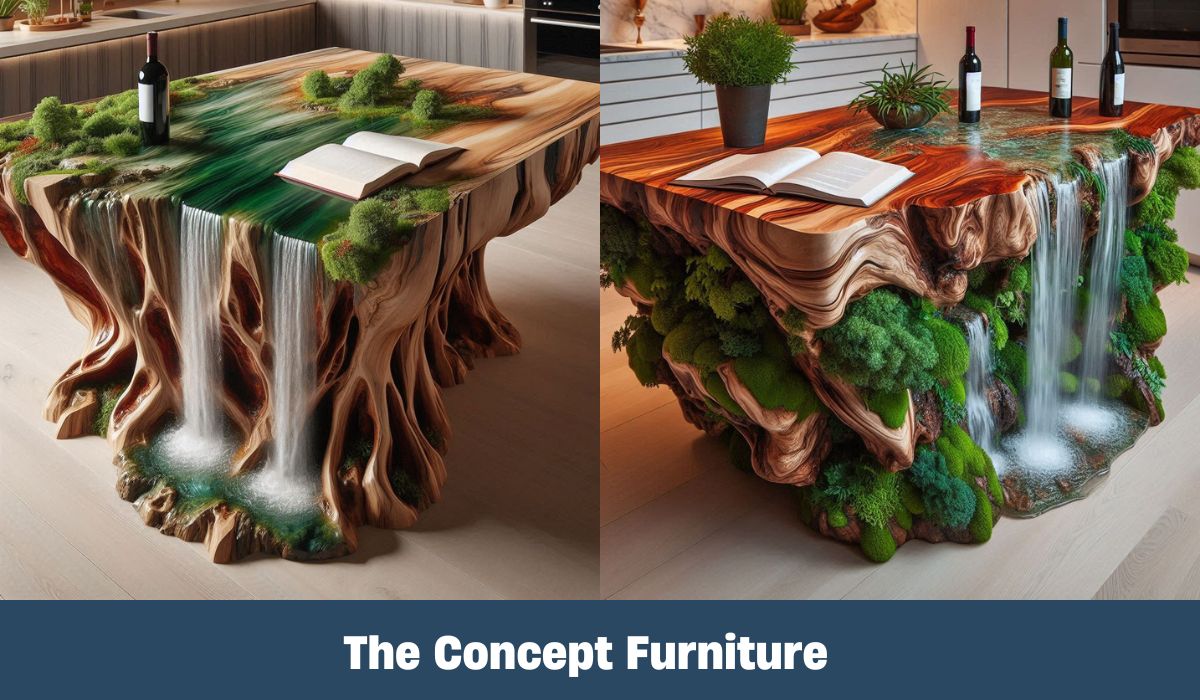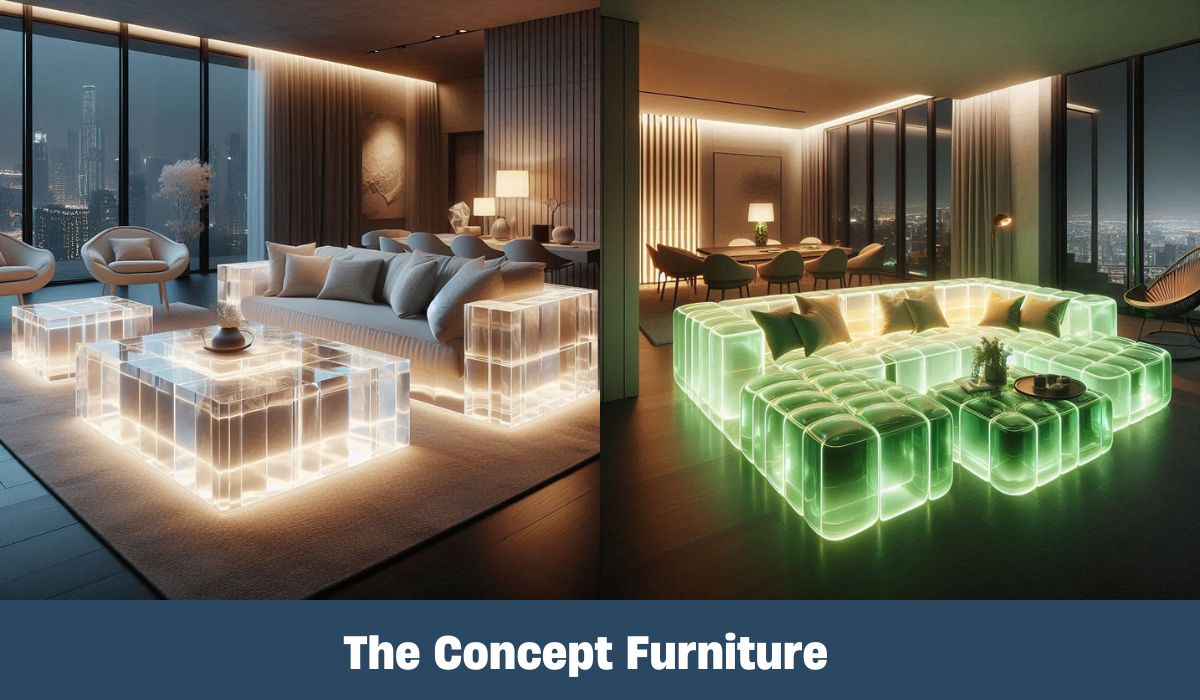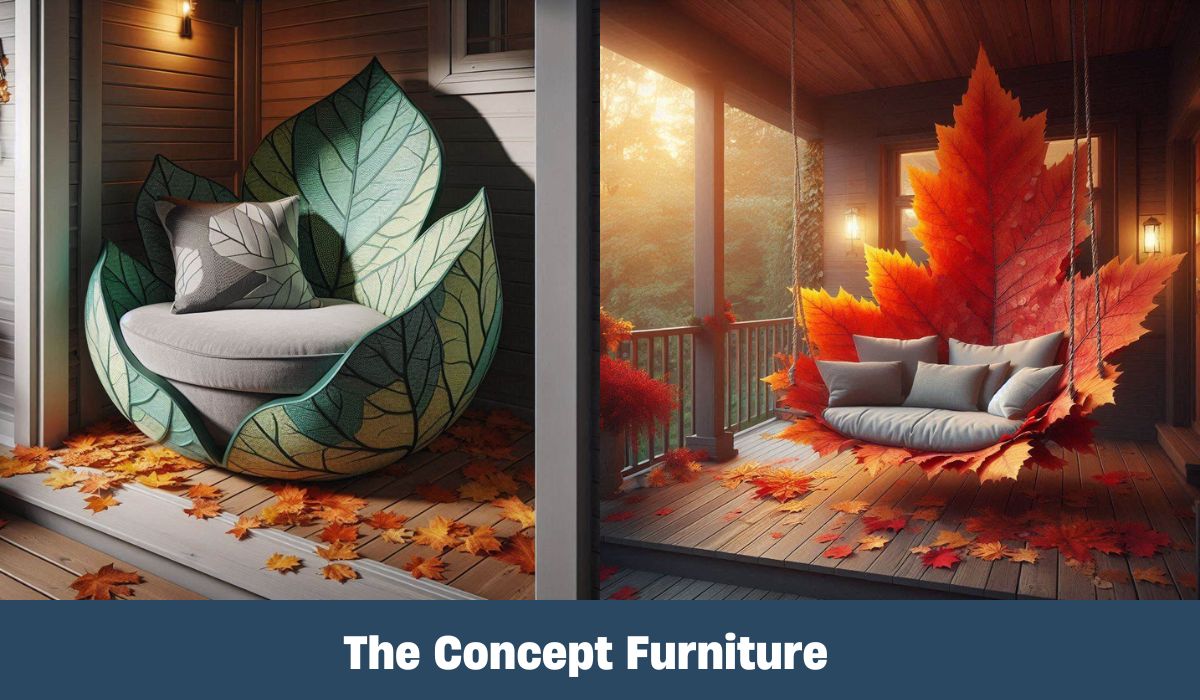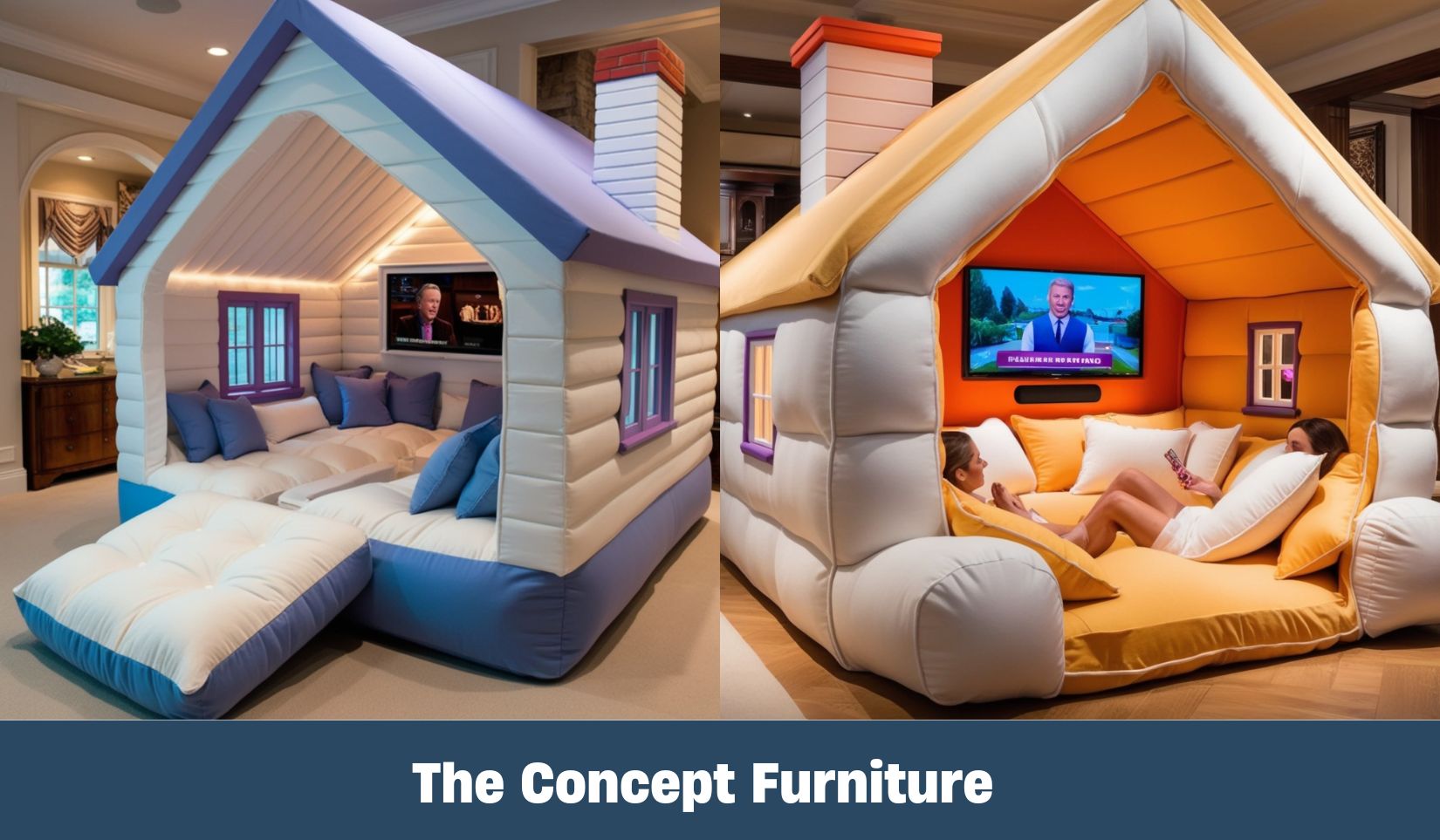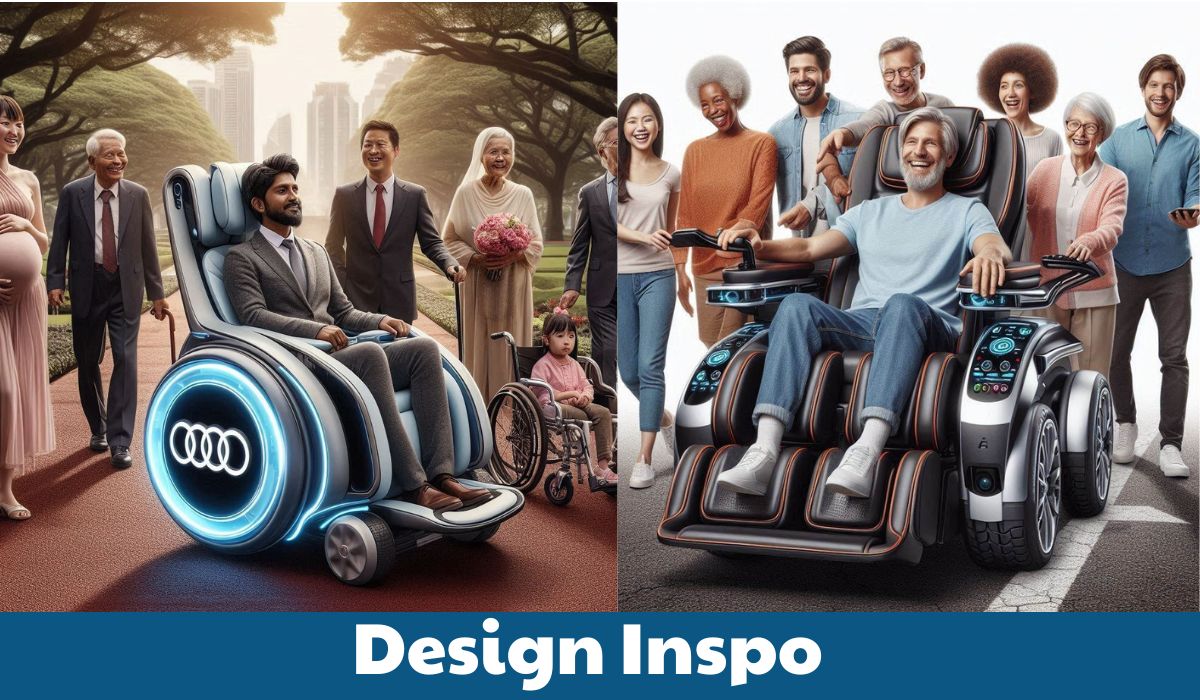Waterfall kitchen islands bring a fresh twist to modern kitchens. They combine style and functionality, making them a popular choice for homeowners. The sleek design creates a seamless flow from the countertop to the floor, enhancing the overall look of your space.
These Waterfall Kitchen Islands provide ample workspace and storage, perfect for meal prep or entertaining guests. With various materials and finishes available, you can customize your waterfall island to match your kitchen’s aesthetic. Whether you’re renovating or building new, adding a waterfall kitchen islands elevates your culinary experience and adds value to your home. Discover how this trendy feature can transform your kitchen into a stylish haven.
Aesthetic Appeal and Design Versatility
Explore Various Material Options
Granite, quartz, and marble stand out as popular choices for waterfall kitchen islands. These materials offer durability and elegance. They withstand daily wear while enhancing the overall aesthetic of the kitchen. Granite provides a unique pattern, making each island one-of-a-kind. Quartz offers a variety of colors and finishes, allowing for flexibility in design.
Wood finishes add warmth to the space. They create a natural beauty that softens modern designs. Many homeowners choose wood for its classic appeal. It complements various styles, from rustic to contemporary.
Stainless steel presents another option. This material delivers a modern, industrial look. It is easy to maintain and clean. Stainless steel fits well in minimalist Waterfall Kitchen Islands, contributing to a sleek appearance.
Discover Diverse Style Choices
Farmhouse styles are gaining popularity in kitchen designs. They often feature rustic elements like reclaimed wood and open shelving. These aspects create a cozy atmosphere and enhance the aesthetic appeal of the Waterfall Kitchen Islands. Farmhouse designs invite warmth and charm into the home.
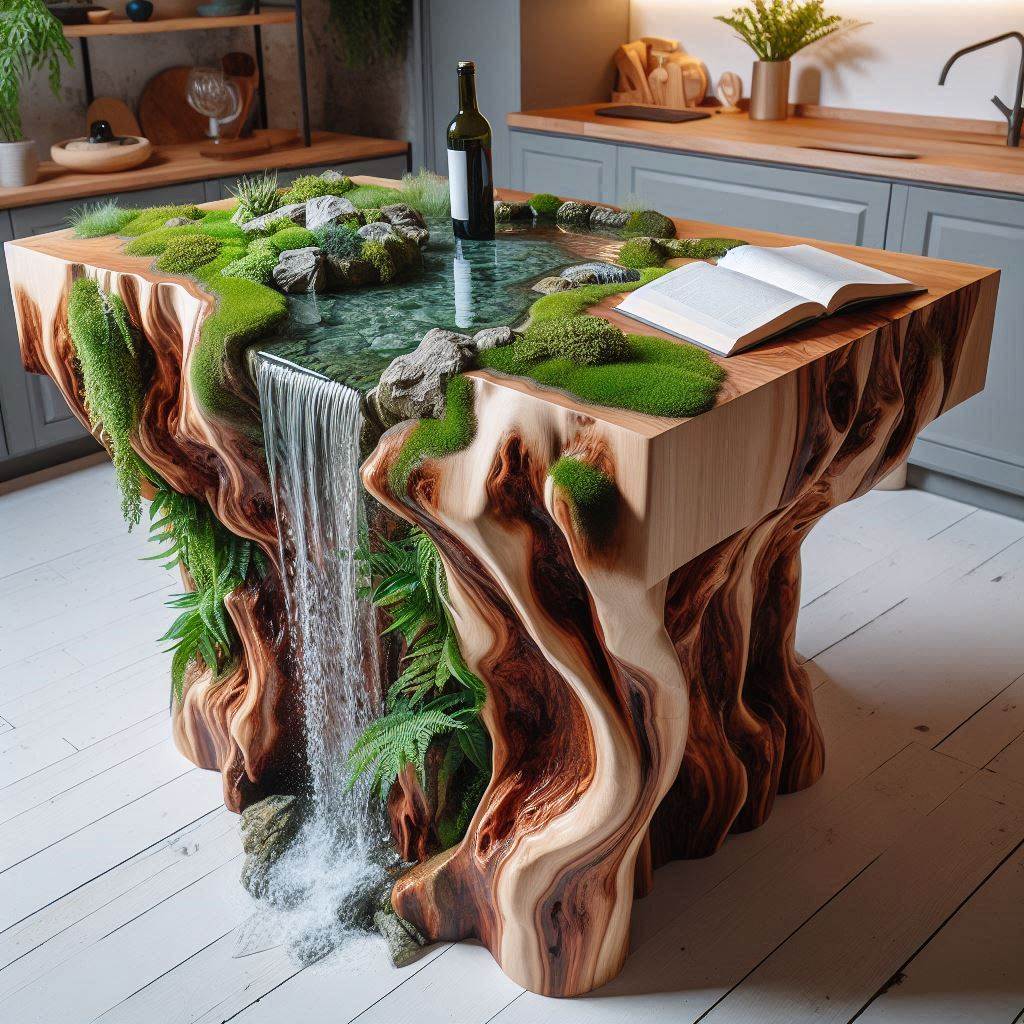
Sleek, minimalist designs focus on clean lines and functionality. They emphasize simplicity while providing a sophisticated feel. Minimalist islands often have integrated appliances and hidden storage solutions. This approach maximizes space without sacrificing style.
Blending traditional and contemporary styles can create a unique Waterfall Kitchen Islands feel. Combining elements from both styles adds character to the space. Designers often mix cabinetry finishes or incorporate vintage accents with modern fixtures. This blend promotes versatility while maintaining an overall cohesive look.
Practical Benefits and Functionality
Enhance Waterfall Kitchen Islands
Island layouts can significantly improve Waterfall Kitchen Islands functionality. They allow for efficient movement between cooking and prep areas. This design helps the chef access everything quickly.
Integrating appliances, like microwaves or wine coolers, enhances workflow. These features streamline tasks, making meal preparation easier. For example, placing a microwave in the Waterfall Kitchen Islands saves steps when heating food.
Storage solutions within the island reduce clutter. Drawers and shelves keep utensils and ingredients close at hand. This accessibility is an important thing for maintaining a neat workspace.
Maximize Space and Seating
Multi-functional islands serve as both prep space and dining areas. This versatility maximizes limited Waterfall Kitchen Island space effectively. Families can gather around the island while meals are prepared.
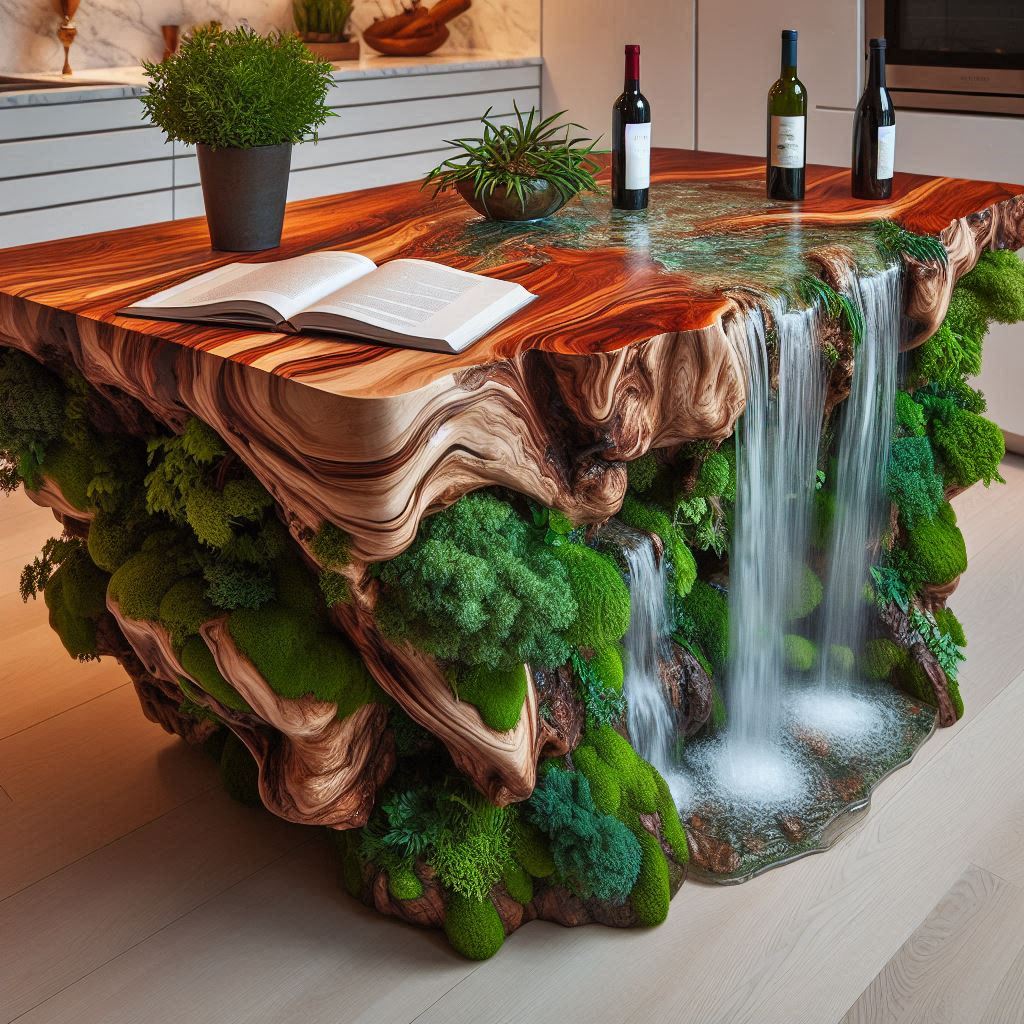
Incorporating bar stools or benches increases seating capacity. Guests can enjoy conversations while you cook. This setup creates a welcoming environment for gatherings.
Designing Waterfall Kitchen Islands with built-in storage optimizes space use. Cabinets beneath the countertop hide away pots and pans. This organization helps keep surfaces clear and tidy.
Current Trends in Waterfall Designs
Popular Design Trends for 2024
The waterfall island trend continues to gain popularity. This design features countertops that flow over the sides of the island. It creates a sleek, modern look in any Waterfall Kitchen Islands.
Bold colors and patterns are becoming more common. Homeowners want their Waterfall Kitchen Islands to stand out. Bright hues like navy blue or emerald green can make a statement. Patterns, such as geometric shapes, add visual interest. These choices create a lively atmosphere.
Sustainable materials are also trending. Many homeowners prefer eco-friendly options. Recycled glass and bamboo are popular choices for Waterfall Kitchen Islands countertops. These materials not only look good but also help the environment. Using sustainable practices in construction shows responsibility towards nature.
Smart technology is changing Waterfall Kitchen Island designs too. Features like built-in charging stations and touchless faucets enhance functionality. These innovations make everyday tasks easier. They also add a modern touch to waterfall kitchen islands.
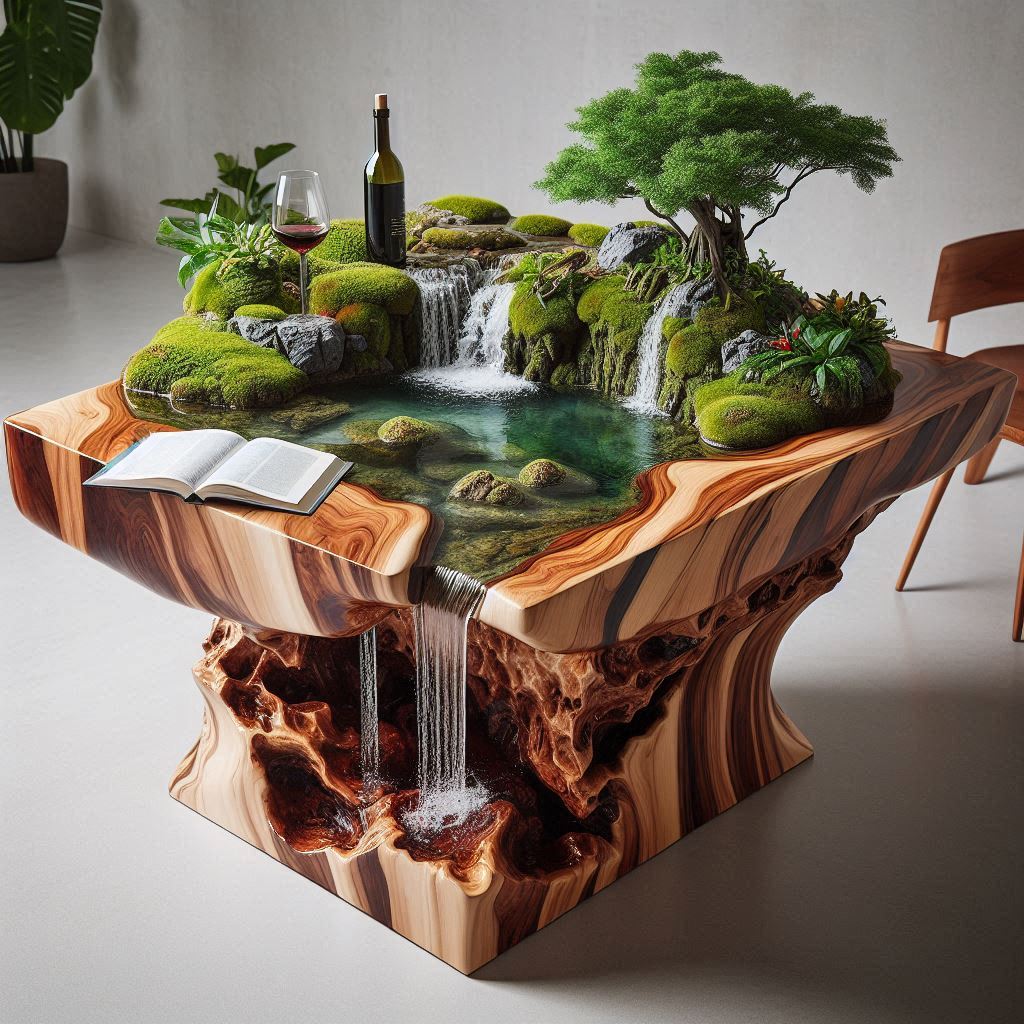
Innovative Concepts for Modern Homes
Movable islands are a game changer in kitchen design. They offer flexibility for different layouts and needs. Homeowners can adjust them based on gatherings or daily use. This adaptability adds convenience to any Waterfall Kitchen Islands space.
Integrated lighting solutions are another innovative concept. Under-cabinet lights or LED strips can enhance ambiance and task illumination. Well-placed lights highlight the beauty of Waterfall Kitchen Islands countertops. They also improve visibility during meal prep.
Curved or asymmetrical designs provide unique visual appeal. These shapes break away from traditional straight lines. A curved waterfall island can soften sharp angles in a Waterfall Kitchen Islands. Asymmetrical designs create a focal point that draws attention.
Waterfall kitchen islands designs are evolving rapidly. The modern waterfall island combines aesthetics with practicality. Homeowners seek both beauty and function in their remodeling projects.
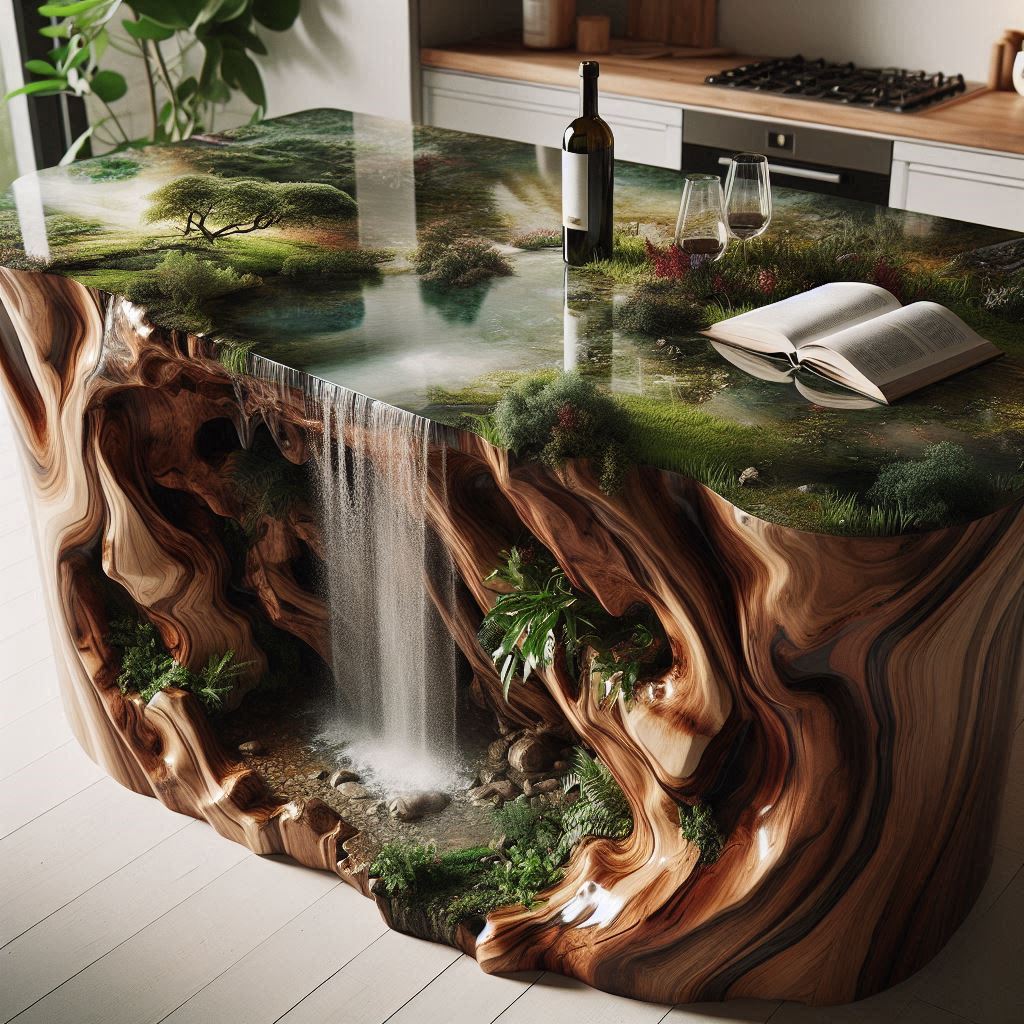
Many Waterfall Kitchen Islands island ideas focus on creating inviting spaces. Adding seating along the edge encourages social interaction. It transforms the kitchen into a gathering place for family and friends.
In summary, the current trends in waterfall designs reflect changing homeowner preferences. Bold colors, sustainable materials, and smart technology lead the way for 2024. Movable islands and integrated lighting offer innovative solutions for modern homes.
Cost and Design Considerations
Understand the Cost Factors
Material costs play a significant role in waterfall kitchen islands. Common materials include granite, quartz, and marble. Each has a different price range. For example, granite typically costs between $40 to $100 per square foot. Quartz ranges from $50 to $150 per square foot. Marble is often more expensive, costing up to $200 per square foot.
Installation fees also add to the overall cost. Professional installation can range from $200 to $500, depending on the complexity of the design. Customizations can further increase the price. Adding features like integrated sinks or specialized edges may require additional funds.
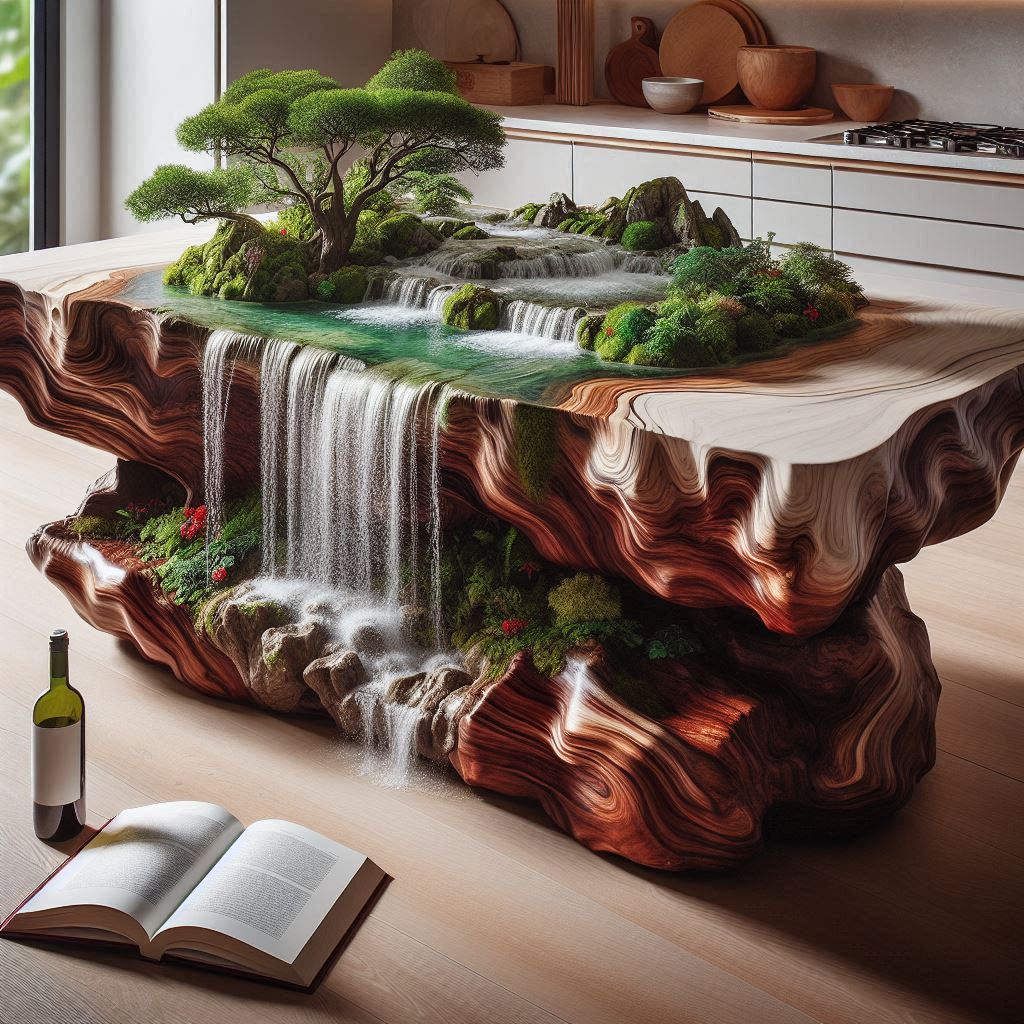
Long-term maintenance expenses are essential to consider as well Waterfall Kitchen Islands. Natural stone surfaces may need sealing every year. This adds to ongoing costs. On the other hand, engineered stones like quartz require minimal upkeep, making them more economical in the long run.
Comparing pricing between pre-fabricated and custom-built options is crucial for budgeting Waterfall Kitchen Islands. Pre-fabricated islands are often cheaper and quicker to install. They usually range from $1,000 to $3,000. Custom-built options can start at $5,000 and go much higher based on the design and materials chosen.
Evaluate Pros and Cons
Waterfall kitchen islands offer several benefits. They provide added workspace, which is ideal for cooking and meal prep. Many people enjoy using these islands for social interaction while cooking or entertaining guests.
However, space limitations can be a downside in smaller Waterfall Kitchen Islands. A waterfall island requires adequate room for movement and functionality. If space is tight, it may hinder kitchen flow.
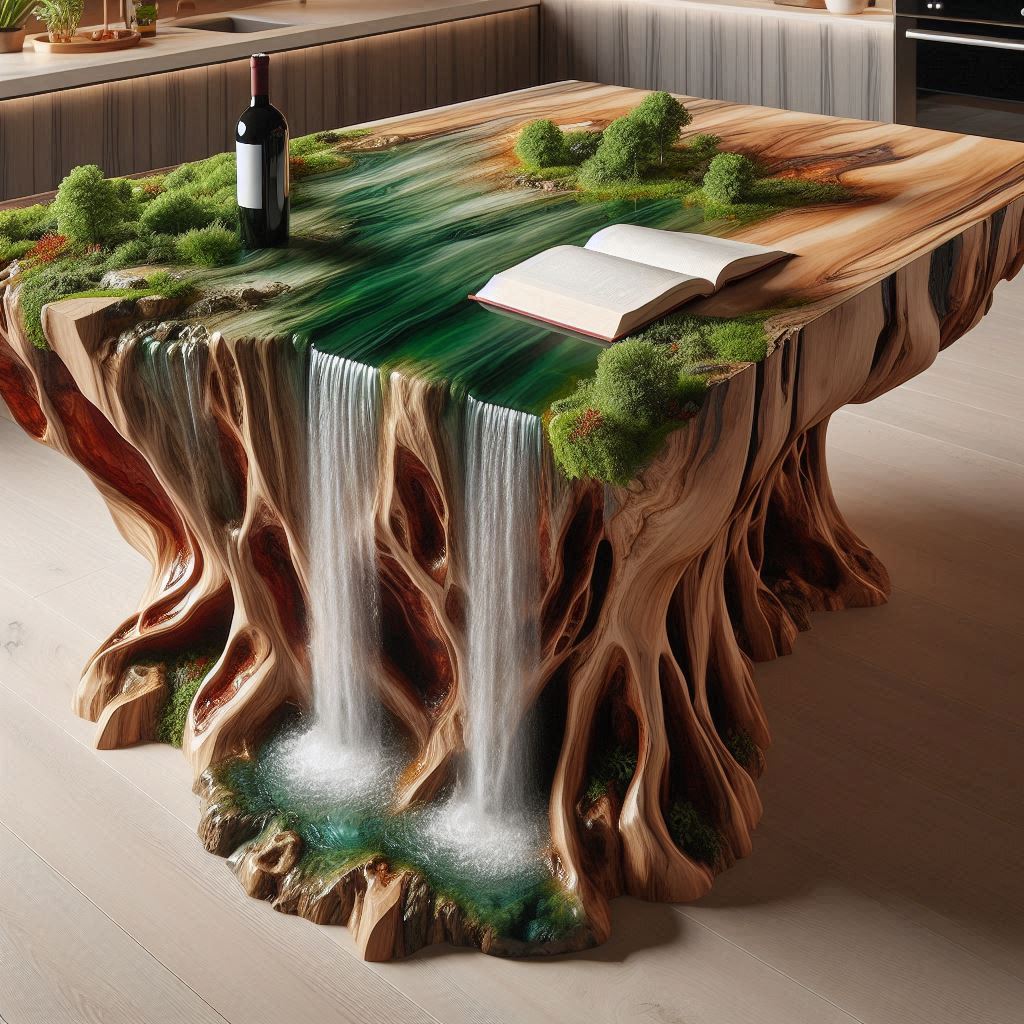
Maintenance requirements vary by material used in Waterfall Kitchen Islands. For instance, granite needs regular sealing to avoid stains. Quartz is more resistant but still requires cleaning with mild soap. Knowing these factors helps homeowners make informed decisions.
In summary, understanding costs and design considerations is vital when choosing a waterfall kitchen islands. Evaluating both pros and cons will lead to a better choice that fits your lifestyle and kitchen space.
Closing Thoughts
Waterfall kitchen islands are more than just a trend; they’re a game-changer for your space. Their aesthetic appeal and practical benefits make them a must-have in modern kitchens. With current designs that blend seamlessly into various styles, you can elevate your home while enjoying functionality.
Consider the costs and design elements carefully to ensure your waterfall island fits your vision. It’s time to take the plunge! Explore options that resonate with your style and needs. Transform your kitchen into a stunning focal point that impresses guests and enhances your daily life. Don’t wait—start planning your waterfall kitchen islands today!

